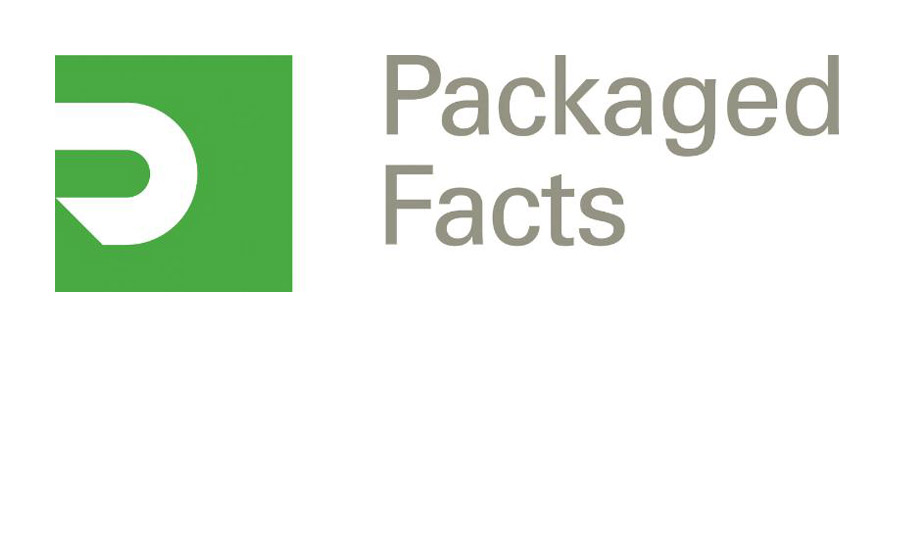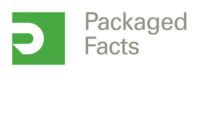Americans Choose Bottled Water Over Diet Soda
The number of adults drinking five or more glasses of diet cola, other carbonated diet drinks and regular cola fell by double-digit percentages

Over the past decade American consumers have increasingly turned to bottled water as a substitute for carbonated soft drinks. During this period the number of adults who drank five or more glasses of bottled still water grew 22%. In the meantime, the floor dropped from underneath purveyors of carbonated soft drinks. The number of adults who drank five or more glasses of diet cola, other carbonated diet drinks and regular cola fell by double-digit percentages.
Another distinctive trend in the beverage world is that as more and more consumers incorporate bottled water into their daily routines they are drinking larger and larger quantities. Between 2004 and 2013 the number of adults drinking at least one glass of bottled still water in the past seven days grew 15%, compared to a 21% increase in the number of adults consuming eight to 13 glasses and a 33% bump in the number of those drinking 14 or more glasses.
The demographic profile of those drinking relatively large quantities of bottled water has kept pace with overall changes in the composition of the American population. For example, over the past decade the percentage of high-volume bottled water drinkers in the 55+ age group has grown from less than 20% to 25% and the proportion of those who are non-Hispanic white has dropped from 60% to 56%.
Packaged Facts expects that conditions will be favorable to accelerating growth in U.S. retail sales of bottled water. Factors leading to a higher growth rate over the next five years include relatively low per capita consumption of bottled water that leaves substantial room for growth; the long-term interest of American consumers in staying fit; the increasing quest on the part of consumers to search out low- and no-calorie alternatives to carbonated soft drinks; the continuous launch of innovative, higher-margin bottled water products by marketers both large and small; and a public policy environment that favors bottled water as a good-for-you beverage. It is expected that these positive trends will overcome obstacles to growth in dollar sales such as a push-back by environmental activists against the use of PET water bottles and the increasing commoditization of bottled water.
Looking for a reprint of this article?
From high-res PDFs to custom plaques, order your copy today!






